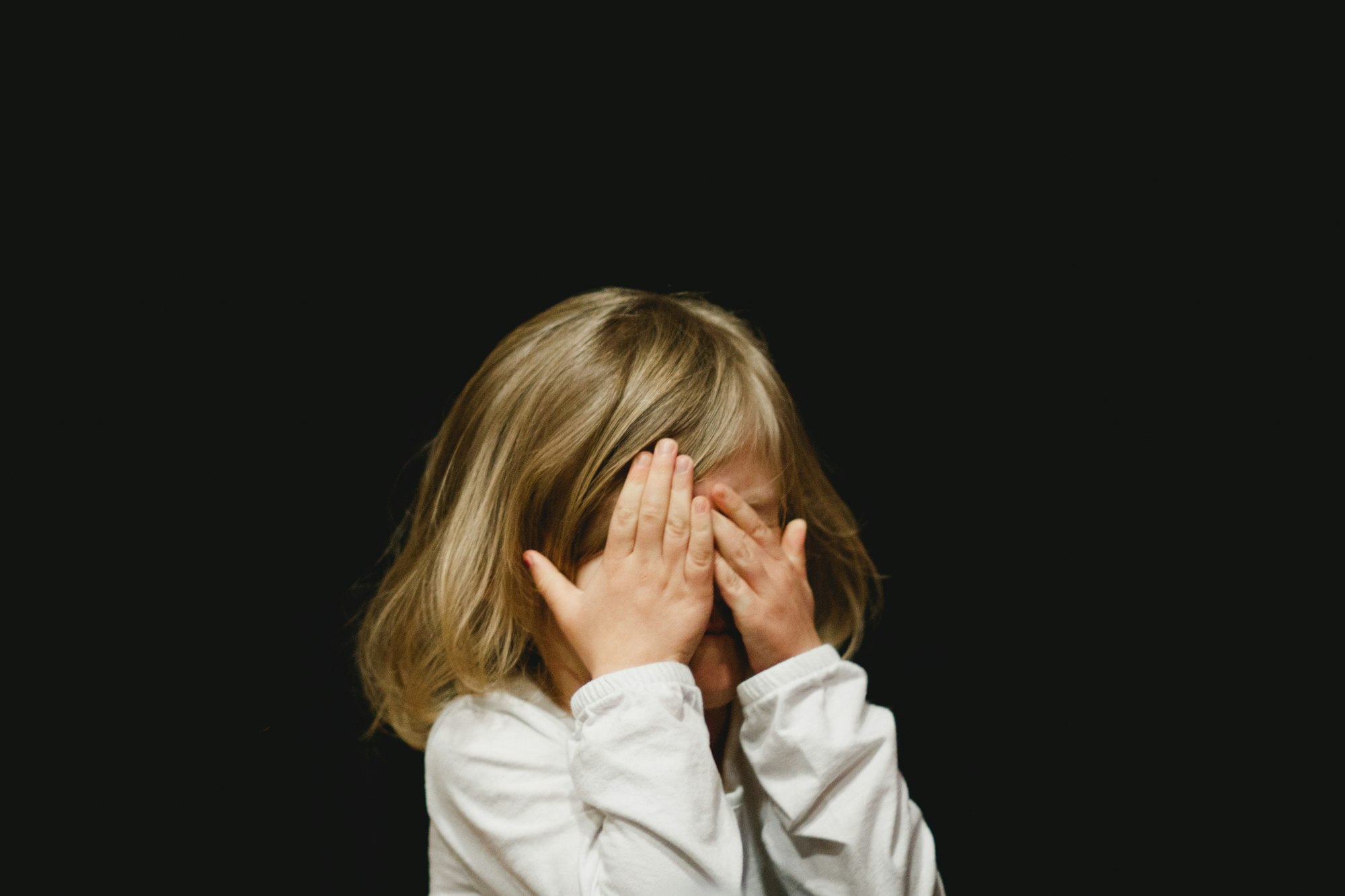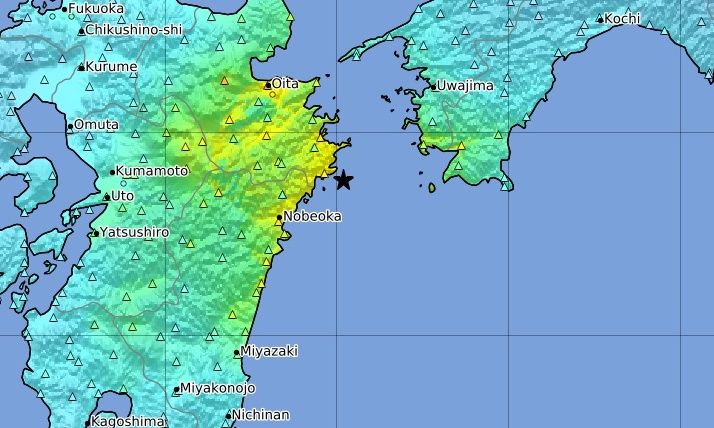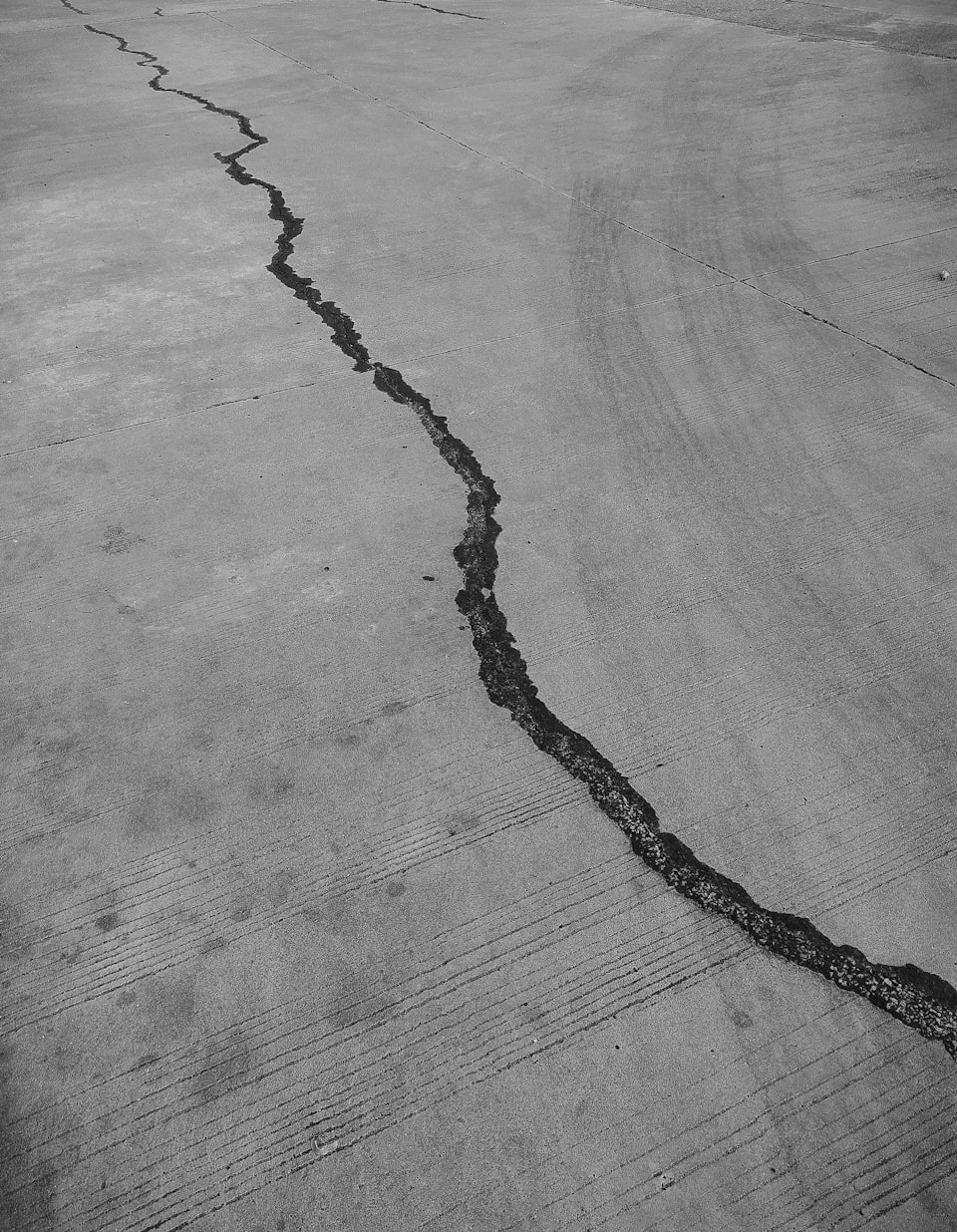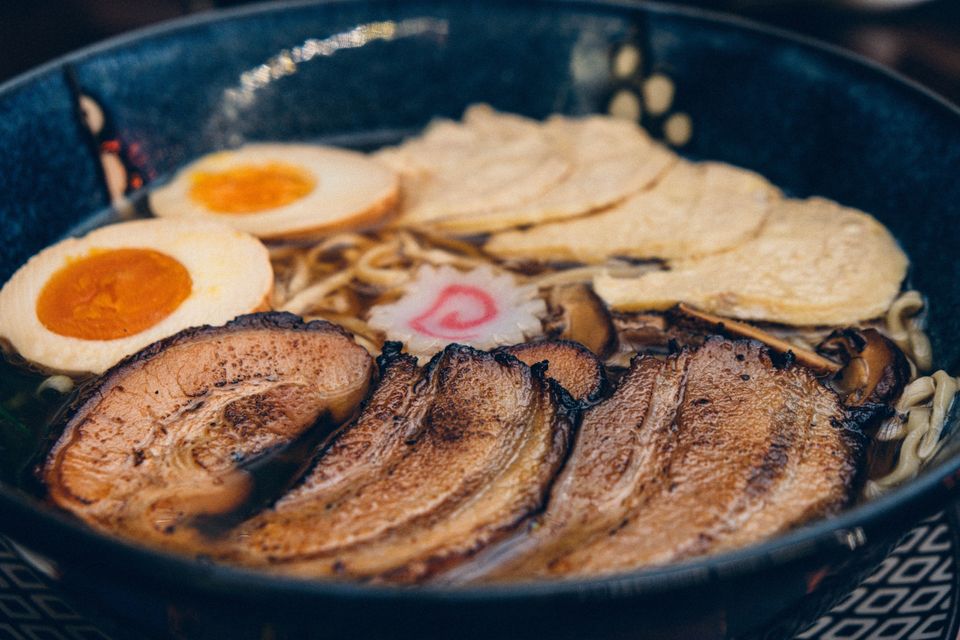I came to Japan 5 months after san-ichi-ichi, the big Tōhoku earthquake in 2011. My manager back then told me about her experience in Tokyo during the earthquake. That should have been enough to scare me.
Measuring earthquakes
Before I came to Japan I had heard of earthquakes and seen footage on the news. But unless you experience an earthquake yourself, it is very hard to imagine what it will feel like.
Magnitude scales vs. Intensity scales
I slept through my first minor earthquake and was very disappointed to have missed it. I felt as if I was missing out on this special group experience that everyone shared. Everybody at work talked about how it had been a "shindo 2" on the Japan Meteorological Agency seismic intensity scale, the common way to describe the intensity of local ground motion.
I had only ever heard of the Richter magnitude scale, which has actually been replaced by the Moment magnitude scale, but the logic behind it stays the same.
It measures the amount of energy released during an earthquake, rather than the shakes. So whereas you get one number defining the size for an earthquake on any of the magnitude scales, the JMA seismic intensity scale will give you many different values for different localities.
For example: The Mw 9.1 of san-ichi-ichi resulted in shindo 7 for Kurihara, a town in Miyagi prefecture, and a 5+ in Tokyo. In Kumamoto it could still be felt as shindo 2, despite being about 1,500km away from the epicentre.
My earthquake experiences
The real stuff
My first minor earthquake experience elevated me to a comfortable level of excitement. I was in Tokyo, crossing a bridge at the time and I felt it sway and felt very lucky to be awake and noticing the earthquake. I was not scared.
The earthquake was a shindo 2 in the area where I was.
I realized that whenever the building I lived in at the time started swaying because of a heavy truck rushing past, I got to experience an artificial shindo 2 earthquake.
Artificial fun
I got to experience another earthquake during a disaster mitigation training. I got onto a truck that emulates earthquakes of different levels and was surprised that shindo 6 left me unable to move.
I learnt that the same shindo 6 could feel very different depending on whether the shaking was horizontal or vertical. Growing up in a country with virtually no earthquakes, I had had no idea that there were different types of shaking!
Vertical shakes? Nothankyou! But the experience in total was pleasant and informative. I still did not take earthquakes serious enough.

Experiencing fear
The next real shake I experienced was only slightly stronger than my first one, but it resulted in an unexplicable fear of earthquakes. Not because of the shaking, but because of its sound.
The earthquake started with a deep rumbling and a thunder clap. I thought the nearby volcano, Shinmoedake, had erupted. But it had not. The sound had been caused by the earthquake. And it left me with an unnecessary amount of adrenaline after the shaking was over. That earthquake was only a shindo 3.
Every earthquake that followed, I got pumped with adrenaline, no matter what shindo. But that felt very appropriate for the shindo 5 earthquake I experienced after living in Japan for several years and experiencing some other natural disasters like mud slides, typhoons and flooding. I was outside at the time, away from tall buildings, but everything swayed and the electric lines looked like they were trying to invite people to some crazy jump rope workout. I was very scared.
Earthquakes are not considerate of the unprepared
I experienced several earthquakes afterwards, with one painfully reminding me that you have to choose where you lay your head carefully. The earthquake came at night.
A falling picture frame missed my head by about 10cm and only caused minor scratches on my hand because of several flying glass shards. Thanks to being aphantasic I was not able to imagine what could have happened.
The most recent earthquake occurred two days after I started writing this article. It happened at night and even though I slept through the alarm, I woke up because the house was shaking and squealing so I joined in. Shindo 4 kept me awake for a while after the tremors, both inside and out, had subsided.
At least I knew I was safe.

There is nothing near my futon that could topple over
I know how to behave
I have food and water stored
I know the nearest shelter
I have a torch near me
My most valuable possessions are stored in places where they should be safe during an earthquake
The takeaway
Earthquakes can be pretty scary. And dangerous.

Prep
No matter whether you are scared of earthquakes or not: it makes sense to be prepared. If you plan on travelling to Japan, be sure to learn about how to be safe during an earthquake before it hits.
You definitely do not want to have to start researching while everything is shaking.




